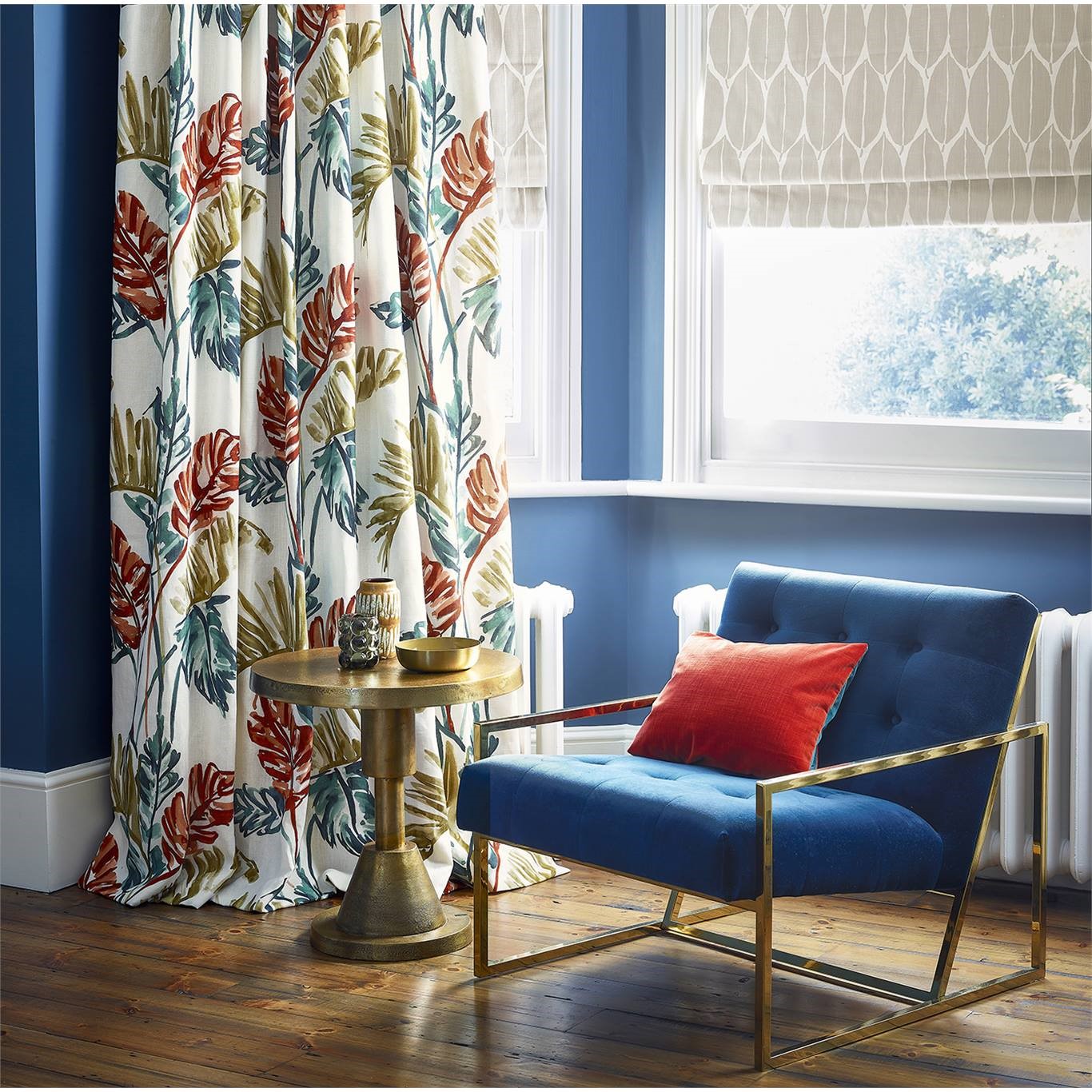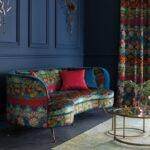Room redecoration can easily become overwhelming in this age of Pinterest. Keep it simple and follow these four key points on how to get your refurb right.
Visit Hotels
It is always worth looking at hotel designs for their choices of colours and materials. The designers are not only experts in what is on trend, but also in creating attractive and comfortable rooms.
Hotel rooms are a great source of inspiration as the designer has had to get a lot into a relatively small space – alongside a bed there is normally a couple of bedside tables, a desk, comfy seating and space for tea and coffee making facilities and clothes storage. Plus they make beautifully luxurious bathrooms out of the tiniest of corners!
So when you are next on holiday, take a look at the layout of space, particularly in the bathroom. In the Hoxton Hotel (Paris) they have used frosted glass on both sides of the shower, allowing natural light to filter through from the bedroom, whilst still allowing for privacy. The shower door has a long horizontal handle which doubles up as a towel rack.
Decide whether your room is in the best place
Just because you (or someone else, if you’ve recently moved in) are using a room as a bedroom doesn't mean it has to stay as a bedroom! We’re really reluctant to change the traditional layout of our homes even if they don’t work for us.
Kitchens tend to be at the back of houses so when more time was spent washing up people had a good view of the garden. This makes no sense anymore! Consider moving your living or dining area to this sweet spot! You’ll have to do some work on the plumbing but the benefits will outweigh the costs. Really think about how often you go in a room and what you use it for.
Often people choose the smallest room in the house to become their home office, then wonder why they don’t want to use this cramped space and end up working in the dining room! It’s a similar case regarding bedrooms. Parents usually take the largest but then only use it at night time, whereas the children need lots of room for their toys! Put the kids in the bigger room and you’ll discover your living room becomes much tidier and more peaceful.
If you’re building or extending, consider making your bathroom a large, luxurious space! It is one of the most frequently used rooms in the home after all.
Think about making space for a walk in or through wardrobe so your bedroom will only need a bed and bedside tables in it – this will promote a Zen and relaxing atmosphere for sleeping in.
Look at the floor plan of your home to get a really good idea about the size and proportions of each room, taking note of the direction in which they face to check if they are being used correctly for 21 st century life!
Consider what feeling you want your room to convey
Ah, the feeling a room can promote is so important yet so often gets overlooked in the flurry of picking a colour scheme and furniture! It’s vital to contemplate though.
In the kitchen, for example, you want to feel organised and practical so you need lots of storage space. However in the living room you might like to be calm and relaxed – so try and work out which colours do this to your mood! Ask yourself if too many shades over stimulate your brain, or if high contrasting colours make you feel energised! Everyone will feel differently, it’s up to your personal tastes.
Symmetrical arrangements are often thought to be more calming, so think about placing matching chairs either side of the fireplace, or candlesticks on each end of the mantelpiece. If you are the type of person who finds perfect symmetry stifling go the other way and indulge in an eclectic mix of furniture and accessories!
It’s important to interrogate yourself about how you want to feel in your new room – that way you can work out which colours and objects make you feel that way. Pinterest can be really helpful here, try creating boards based around words like “Organised”, “Relaxed, “Fun; etc. Then you can look at them and discover what the images you’ve pinned have got in common.
Make a Moodboard of Ideas
It is usually a better idea to give your builders a visual aid of what you want – a photo or diagram or drawing – rather than just describing it as ideas can easily be misinterpreted. Here too Pinterest comes in useful, save photos into a folder whenever you see them and use them to show builders and decorators exactly what you mean.
Moodboards help you develop your ideas, and you’ll discover what colours you like together and which furniture styles compliment each other.
You could start with an abstract image that sums up the feeling you want to create in your room, and perhaps a few pictures of rooms you like. Then add paint colours – making the main colour swatch larger than the accent ones.Throw in your fabric choices and see how it all works together!
It’s also worth adding a few words to your Moodboard to keep you focused on your chosen theme when considering the final look.



